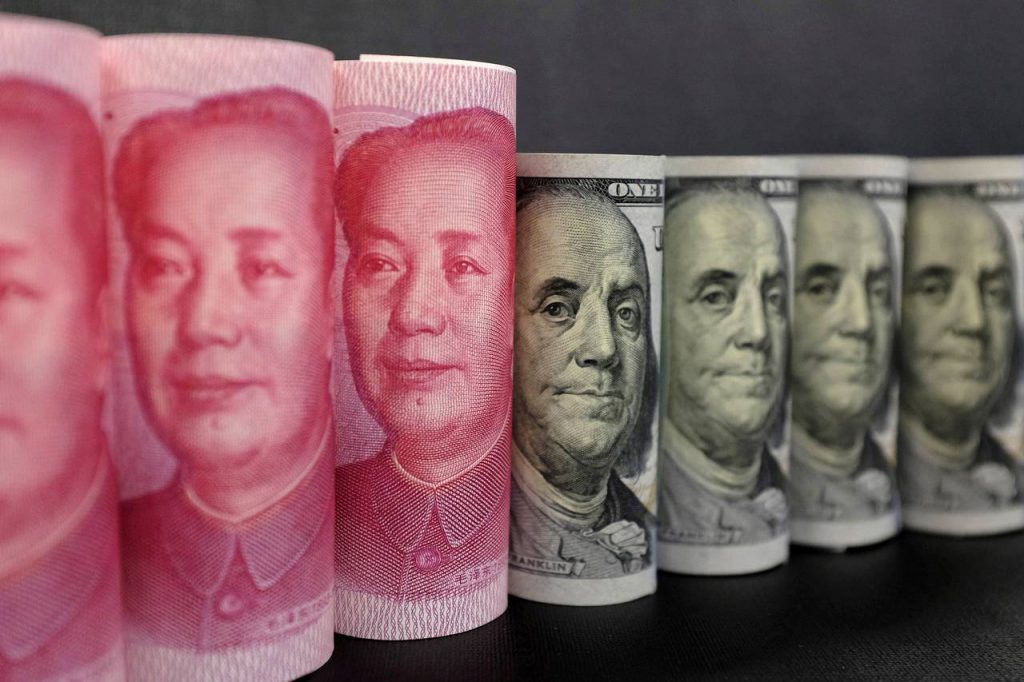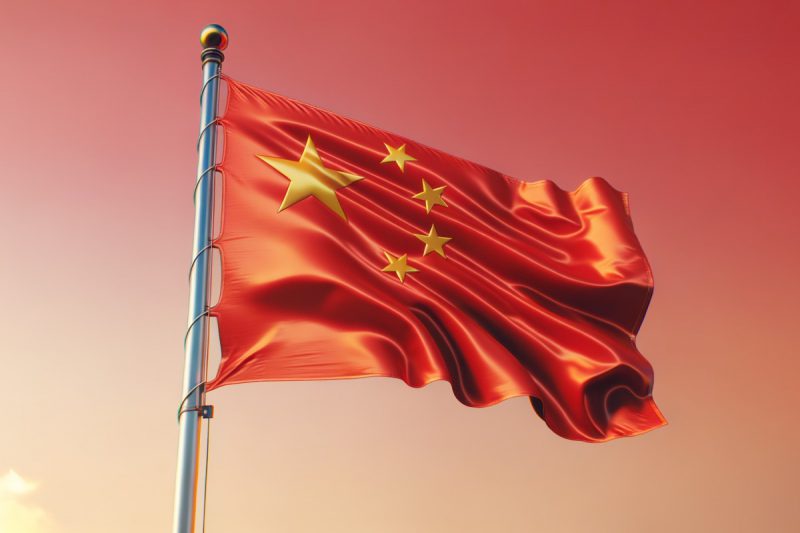BRICS member China’s new payment system, Chartered Institute of Procurement & Supply (CIPS), has processed over 175 trillion Chinese yuan payments (equivalent to $24 trillion), according to the latest report from The Economist. Worldwide, over 1,700 banks facilitated the payments as the transactions rose faster than ever in 2024, up by 43% from the previous year.
Banks from around the world, including from Turkey, Mauritius, and the BRICS member UAE, facilitated the Chinese yuan payments via CIPS. China recently expanded the CIPS services to Africa and the Middle East, gaining a hold in the markets. All of these are mostly operated by Chinese institutions covering payments in over 33 market sectors.
Also Read: China Invests $10B in South Africa, Launching BRICS “Silicon Valley”
BRICS: China Powers the Chinese Yuan via CIPS Payments


CIPS is a large-scale payment infrastructure primarily for clearing and settling cross-border Chinese yuan payments for banks and financial institutions. It facilitates international trade for BRICS member China in Chinese yuan and sidelines the US dollar. Large-scale manufacturing businesses are paying via CIPS and boosting the prospects of the local currency. The Xi Jinping administration is making China self-reliant in the market and not dependent on the US dollar for survival.
Both BRICS and other countries are also settling payments in the Chinese yuan, ending reliance on the US dollar. Trump’s trade wars and tariffs have made it worse for the greenback. Emerging economies are showing distrust of the USD, accusing the White House of weaponizing the currency. The waning trust in the USD is boosting the prospects of China’s local currency.
Also Read: Trump Can’t Stop This: BRICS Buys 60,000 Ounces of Gold To Hammer USD
The Xi Jinping administration has been aggressive in pushing the Chinese yuan among BRICS members. They are now expanding beyond the alliance, making the currency reach a wider network. If the trend continues, the US dollar could face a severe deficit, leading to hyperinflation in the American economy. The financial sector, as we know it, would be much different in the coming decade as local currencies rise.





